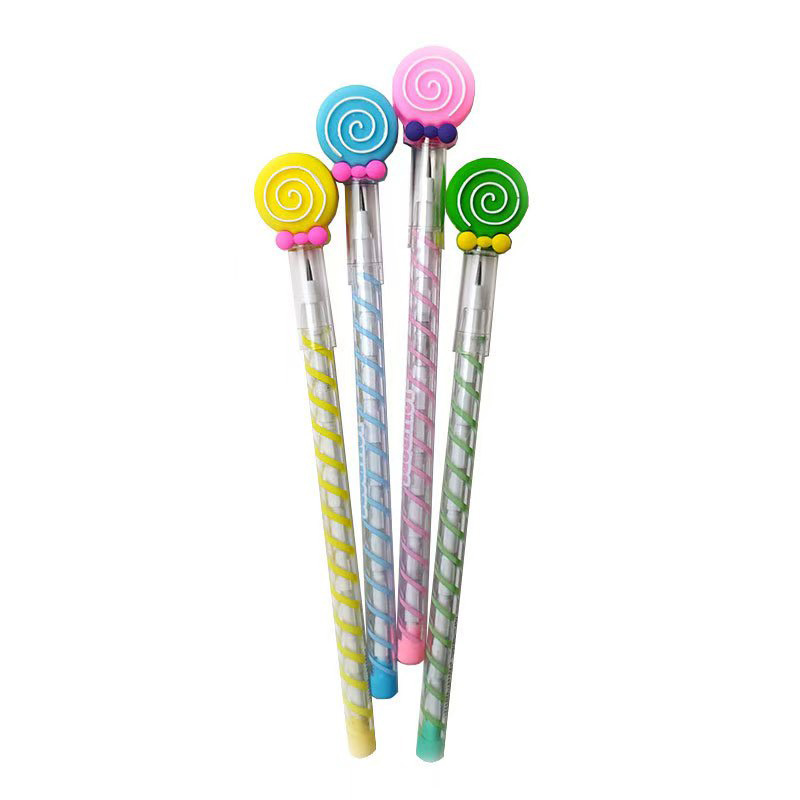Pencils have always been essential for creative professionals, but their role has expanded as more designers adopt hybrid workflows. While software tools like CAD and Adobe Illustrator dominate final production, many architects, industrial designers, and illustrators still begin their work with a pencil in hand.
“There’s something irreplaceable about sketching initial concepts with a pencil,” says Fiona Lawrence, a product designer at a global tech brand. “It’s fast, forgiving, and intuitive. You can explore ideas freely without the barrier of a screen or keyboard.”
Mechanical pencils, in particular, are gaining popularity in technical professions. Their consistent line weight, refillable leads, and fine point options make them ideal for detailed drafting, diagramming, and iterative sketching. Companies like Pentel, Rotring, and Staedtler continue to innovate in this space, offering models that feature anti-slip grips, adjustable lead advancement, and break-resistant technology.
Artists Still Choose Graphite for Control and Texture
In the fine arts world, pencils remain the medium of choice for sketching, shading, and underdrawing. Graphite pencils offer artists unparalleled control over value, texture, and tone, making them a staple in art schools and studios alike.
Unlike digital brushes, traditional pencils allow for tactile feedback and nuanced control over line pressure and angle. Whether working with HB pencils for balanced line work or softer 6B and 8B pencils for deep shadows, artists continue to rely on the physicality and subtlety of graphite.
“Pencil drawing is all about layering and subtlety,” says Rafael Chen, a fine artist based in Toronto. “The richness you get from graphite can’t be replicated digitally — the feel of the surface, the variation of marks, and the immediacy of the hand are all part of the magic.”
Charcoal pencils and water-soluble graphite pencils have further expanded the artist’s toolkit, enabling mixed media experimentation and dynamic blending techniques.

A Tool for Mindfulness and Education
Beyond professional applications, pencils are enjoying a quiet boom in the wellness and educational sectors. The rise of mindfulness journaling, bullet journaling, and analog planning has brought pencils back into the daily routines of many adults. Users often cite the freedom to erase and revise as one of the pencil’s main advantages.
“Writing with a pencil slows you down just enough to be more deliberate,” says Chloe Park, a lifestyle blogger who focuses on analog productivity. “It’s the companion for thought organization and creative planning.”
In education, pencils remain indispensable — especially for early learners. Young children learning to write benefit from the tactile engagement and motor skill development that pencil writing encourages. Schools continue to favor traditional pencils for classroom work, standardized tests, and art projects.
Sustainability Driving Pencil Innovation
Environmental awareness is playing a major role in reshaping the pencil industry. Unlike disposable plastic pens, wooden pencils are biodegradable and often made from responsibly sourced materials. Many manufacturers have shifted to FSC-certified wood and offer recycled pencil options, while others are exploring alternative materials like bamboo or paper-based casings.
Mechanical pencils have also become more eco-conscious. Refillable designs with metal bodies and replaceable erasers help reduce waste and promote longevity.
“There’s a noticeable shift in consumer preference toward tools that last,” notes Clara Martínez, a sustainability consultant in the stationery industry. “Reusable and recyclable pencils align with that value system.”
Some brands have even introduced “plantable pencils,” which include seeds in the pencil stub that can be planted after the pencil is used up — a symbolic gesture that combines creativity with environmental consciousness.
Market Trends and Outlook
According to market research, the global pencil industry is projected to grow at a steady CAGR of 3.8% over the next five years. Growth is particularly strong in Asia-Pacific, where education systems heavily emphasize handwriting and drawing from early childhood. Meanwhile, North America and Europe are experiencing renewed interest in premium and artistic pencil products.
Luxury pencil sets, including handcrafted graphite pencils and artisanal wooden casings, are becoming popular gift items. At the same time, mass-market brands are diversifying their product lines to include vibrant colored pencils, ergonomic grips, and hybrid graphite-art tools that appeal to both students and professionals.
Online platforms and social media are also fueling interest in pencil art, with creators sharing time-lapse sketches, journaling spreads, and instructional videos that showcase the medium’s versatility.